Latest News
Sports and Intellectual Property
 Reading Time: 4 minutes
Reading Time: 4 minutes
Intellectual Property (IP) law has a vast domain, and that even stretches to include the world of sports.
While at first this may seem strange, you only need to think for a moment about all of the creative aspects that go into sports. There’s actually a great deal of protectable intellectual property in many different areas.
To go over a few of the ways that intellectual property matters in sports, we’ll touch upon four of the most notable areas: technology, branding, design and licenses/sponsorships.
Technology
Sports technologists are constantly developing better sports equipment with creative and innovative designs and concepts to enhance performance and make the products safer, better and more effective.
From swimsuits to tennis rackets, there is always something that can be improved with cutting-edge ideas that qualify for IP protection, spurring inventors to learn how to patent an idea and ensure the rights to their ingenuity.
As long as the idea that a technologist introduces is truly novel and revolutionary, it is just as eligible for a patent as inventions in other fields.
Previous innovations that were rewarded with patents include:
- Progressive replacement and upgrades of materials (wood/rubber/twine to complex materials with alloys and polymers)
- Sleeker surfboards
- More efficient and comfortable gloves for goalkeepers
- Aquatic wheelchairs
- Sports drinks and supplements
Having patents as such a significant part of athletics is one of the incentives for creative minds to continuously improve equipment and make for a better, more efficient performance by competitive players.
Branding
While patents are one of the more intense and official aspects of intellectual property, other forms of protection like trademarks for elements of brandings are also applicable to the world of sports.
J.D. Houvener, a New York patent attorney, stresses the importance of IP law outside of patents:
“While I’m obviously an advocate for patents and find that to be one of the most exciting parts of entrepreneurship, I also can’t emphasize the importance of other IP law enough. Trademarks, copyrights and trade secrets are all major parts of protecting your brand and creative property, so they deserve some attention as well.”
Brands create value for a particular business and help consumers distinguish between products based on reputation and recognition. Successful branding can lead to customer loyalty and even premium pricing, especially in terms of sponsorship deals and merchandising.
Some famous examples of branding in the sports industry include:
- Recognized names like “Wilson” or “Sketchers”
- Recognized symbols like the Nike swoosh or the Adidas stripes
- Recognized organizations like the NBA in the U.S. or Manchester United in the U.K.
- Recognized sponsors at major events like the FIFA World Cup or the Olympic Games
- Recognized nicknames/poses/slogans of famous athletes like Usain Bolt’s “to di world”
Just like in any other industry, trademarks can help athletes, sports organizations and athletic companies protect what makes their brand unique and recognizable.
Design
Much like with branding, there is also a heavy importance on protecting original design ideas in the world of sports.
Design in athletics can range from a variety of different images and aesthetics that impact the appearance and style of things like shoes, bags, swimsuits and more. The attractive and appealing aspects of sportswear and gear are just as important as other areas of fashion and equipment, particularly when it comes to commercial value.
It all boils down to competition, much like the rest of the global marketplace. A product with a sleek and attractive design will be more marketable than a product of equal function and quality that is less exciting or appealing.
For this reason, companies race to claim and invest in new and creative designs that mirror trends in consumer taste and interest so that they can obtain intellectual property rights over them.
Plus, aside from aesthetic purposes, designs can also play a role in enhancing performance. Lighter, more durable and more comfortable designs and products will win consumers over when they make their decisions, and having a right to those successful designs makes an enormous difference in sales and profit.
Licenses & Sponsorships
Lastly, sports organizations can significantly boost income potential through licensing patents, trademarks and copyrights while still maintaining overall ownership.
Ultimately, this means the original owner of the protection still has claim to that patent, trademark or copyright, but that they sold the rights to another party, giving them permission to produce the idea in exchange for a price.
A trademark license defines the legal relationship between the trademark owner and a producer. The licensee will manufacture and distribute the product with the trademarked concept (such as a name or logo) while the licensor will oversee product quality to uphold the trademark’s reputation.
A technology license is a similar concept that pertains more to equipment-related ideas. Companies who license out their technologies can enjoy a boost in income from wider production and distribution while companies who license in can produce and sell the latest equipment development and maintain competitive drive.
Sponsorship gives a marketing opportunity to companies hoping to capitalize off major sporting events like FIFA World Cup. Sponsors typically gain the rights to brand association, media exposure and other perks depending on their level of sponsorship and the event in question.
In Summary
When most people think of sports, they likely think of the players and the game before anything else. That said, there are still many other areas that are crucial parts of the athletic industry, and intellectual property is a big deal to those areas.
With innovative technology for gear and equipment, branding for teams and companies, original designs for new materials and licenses/sponsorships, the need for IP law is never-ending.
For more great content on sports and gaming, be sure to keep up with our other regular postings!
Article written by: Katherine Lutz. A graduate of Florida State University, Katherine (Tori) Lutz is a Florida native currently living in Brooklyn, New York. Since graduating, she has made a career out of freelance work and published through a variety of outlets in many industries.
Source: Latest News on European Gaming Media Network
This is a Syndicated News piece. Photo credits or photo sources can be found on the source article: Sports and Intellectual Property

Latest News
From ‘Mummyverse’ to Crash Games: Belatra Reviews a Landmark 2025
Editor’s Take
Why this matters: Belatra has been a steady hand in the slots world for a long time, but 2025 marked a distinct shift in strategy. By entering the Crash vertical with Goose Boom Bang and winning big at SiGMA Africa, the studio is clearly pivoting to capture the high-growth, high-frequency players in emerging markets. They are no longer just a “classic slots” developer; they are diversifying the portfolio to ensure relevance in regions like LatAm and Africa.
The Full Story
Belatra Games, the specialist online slots developer, has issued a strategic review of its 2025 operations, celebrating a 12-month period defined by entry into new game verticals, significant franchise expansion, and high-profile industry recognition.
The year was characterized by a dual strategy: deepening engagement in established markets while aggressively expanding its content portfolio to suit local preferences in emerging territories.
Portfolio Evolution: Crash and Battles 2025 saw Belatra move beyond its traditional slot roots. The company made its debut in the high-demand Crash game vertical with the launch of Goose Boom Bang, a title designed to tap into the fast-paced gameplay preference of younger demographics.
Additionally, the studio introduced a fresh game concept with the launch of Battles, a new format unveiled for the first time in 2025, with further development planned for 2026.
The ‘Mummyverse’ Expands For fans of classic slots, the highlight of the year was the aggressive expansion of the Mummyverse. Belatra nearly doubled the size of this franchise over the year, making it the most extensive game universe in their entire catalog.
The developer also focused on B2B localization, releasing a number of exclusive bespoke games created specifically for selected operator partners to meet specific local market tastes.
Awards and Recognition The company’s strategic shifts were validated by industry accolades. Belatra secured over 30 nominations throughout the year, with standout wins including:
-
Best Slot Provider (awarded by BitStarz).
-
Most Played Game of 2025 for Make It Gold at the SiGMA Africa Awards.
-
Player’s Pick Award.
Management Commentary Misha Voinich, Head of Business Development at Belatra, commented on the studio’s momentum:
“This year has truly defined who we are as a studio – ambitious, creative and focused on building long-term partnerships. We’ve expanded our universes, launched new ones and entered exciting new markets that will all help us carry this momentum into the New Year.”
The post From ‘Mummyverse’ to Crash Games: Belatra Reviews a Landmark 2025 appeared first on Gaming and Gambling Industry Newsroom.
Latest News
‘Chaos and Soul’: Ebaka Games Plots Global Expansion After Viral Launch
Editor’s Take
Why this matters: The “Instant Game” vertical (Crash, Plinko, Mines) is becoming crowded, but Ebaka Games is cutting through the noise with a distinct brand personality. By securing BMM Testlabs certification so quickly after launch, they are signaling to Tier 1 operators that despite their “chaotic” marketing vibe, the math underneath is solid and compliant. The backing of industry veteran Dmitry Belianin also adds immediate commercial credibility to the startup.
The Full Story
Ebaka Games, the fledgling studio that promises to bring “chaos and soul” to the iGaming sector, has outlined an aggressive growth strategy for 2026 following a landmark launch period in late 2025.
The studio, which officially debuted in November, reports that its initial rollout reached more than five million people worldwide. The launch saw its portfolio go live with the operator Menace, serving as the initial testbed for its mechanics and “Ebaka modes.”
The Product: Instant Games with Personality Ebaka is bypassing traditional slots to focus on the high-growth vertical of fast-paced, instant-win games. Their initial lineup includes:
-
Plinko
-
Mines
-
Tower
-
Limbo
-
Crash
Differentiation is achieved through unique mascots and signature gameplay tweaks designed to offer high win potential and distinct visual identities, moving away from the generic interfaces often found in this genre.
Regulatory Milestone Crucially for its 2026 roadmap, Ebaka Games has confirmed it has secured certification from BMM Testlabs. This accreditation validates the fairness and integrity of its RNG (Random Number Generator) and game engines, removing a major barrier to entry for regulated markets. With this certification in hand, the studio plans to launch with a number of “major brands” in the coming year.
Management Commentary Vitalii Zalievskyi, CEO of Ebaka Games, commented on the studio’s unorthodox approach:
“It’s only been a few weeks since we first introduced Ebaka Games to the world. The feedback has been breathtaking, and it vindicates the decision for us to take a different path to the rest of the industry. You don’t need huge marketing budgets to grab people’s attention if you are building something truly innovative.”
Industry Backing The studio describes itself as being “created by players for players” but boasts significant industry firepower in its corner. The team includes Dmitry Belianin, a well-known figure in the sector who is the co-founder of Blask and Menace, as well as Managing Partner at Already Media.
The post ‘Chaos and Soul’: Ebaka Games Plots Global Expansion After Viral Launch appeared first on Gaming and Gambling Industry Newsroom.
Latest News
Racing Meets Nightlife: SBK Backs ARC’s New ‘Friday Night Live’ Series
Editor’s Take
Why this matters: British racing has a well-documented demographic problem; its core audience is aging. “Friday Night Live” is a direct attempt to fix this by blending high-stakes racing with the “experience economy” (DJs, nightlife vibes) that appeals to Gen Z and Millennials. Bringing SBK on board—a mobile-first, app-only sportsbook—is a perfect demographic fit, while the Racing Post adds the necessary credibility to ensure the actual racing product remains the focus.
The Full Story
Arena Racing Company (ARC) has unveiled the strategic commercial lineup for its upcoming Friday Night Live series, confirming SBK as the Exclusive Betting Partner and The Racing Post as the Official Media Partner.
Set to launch in January 2026, Friday Night Live is a new initiative created in collaboration with youth-focused events company INVADES. The series is designed to overhaul the traditional race day experience, featuring fast-paced fixtures under floodlights, DJ sets, and significant entertainment elements sandwiched between races.
The Commercial Deal
-
SBK: As the exclusive betting partner, the Smarkets-owned sportsbook will take naming rights and on-course branding for all 35 races. Crucially, these races will be broadcast live on mainstream television via ITV Racing as well as Sky Sports Research.
-
The Racing Post: As the Official Media Partner, the publication will provide content, coverage, and promotion across its digital platforms, aiming to bridge the gap between established racing purists and the new audience ARC hopes to attract.
A High-Stakes Experiment The series is not just a marketing exercise; it carries serious sporting weight. Each of the five scheduled nights will feature over £200,000 in prize money. The fixtures will rotate across three of ARC’s all-weather tracks: Wolverhampton, Newcastle, and Southwell.
Management Commentary David Leyden Dunbar, Group Director of Commercial Strategy at ARC, was clear about the target audience:
“We have been very clear that one of the aims of Friday Night Live is to engage the next generation of racing fans… Both [partners] have shown real enthusiasm to work with us… as well as using the platform that these fixtures will offer them to also engage with more established racing and sports fans.”
Adam Baylis, Marketing Director at SBK, added:
“Friday Night Live [is] a fresh and engaging concept that brings a new energy to British racing. SBK has always been built around sport… our focus is on enhancing the live race day experience in a fun, social and responsible way.”
The 2026 Schedule The series kicks off immediately in the new year:
-
9th Jan: Wolverhampton
-
6th Feb: Newcastle
-
20th Feb: Southwell
-
20th March: Wolverhampton
-
27th March: Newcastle
The post Racing Meets Nightlife: SBK Backs ARC’s New ‘Friday Night Live’ Series appeared first on Gaming and Gambling Industry Newsroom.
-

 Latest News2 weeks ago
Latest News2 weeks agoSCCG Announces Strategic Partnership with Yellow Elephant Studios to Expand Multi-Channel Gaming Content Worldwide
-
Latest News2 months ago
JioBLAST Launches All Stars vs India powered by Campa Energy: A New Era of Creator-Driven Esports Entertainment
-
eSports2 months ago
CS:GO Betting Gains Momentum in the iGaming Sector
-
Latest News3 weeks ago
THE 2025 PUBG MOBILE GLOBAL CHAMPIONSHIP GROUP STAGE WRAPS UP WITH LAST CHANCE IN SIGHT
-
Latest News1 month ago
S8UL Esports acquires Team Elite’s Free Fire MAX roster to form S8UL Elite
-
Latest News2 months ago
Kambi Group plc Q3 2025 Report
-
Latest News3 months ago
GGPoker Unveils Massive Weekly $100K Freeroll, Kicking Off October 18
-
Latest News2 months ago
RocketPlay wins Best Customer Service at European iGaming Excellence Awards




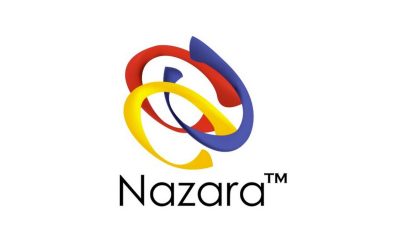





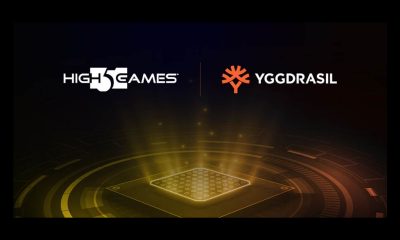

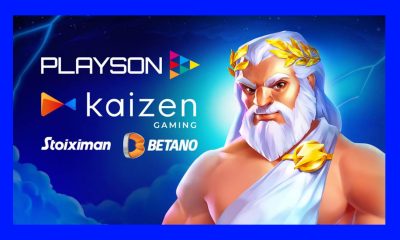


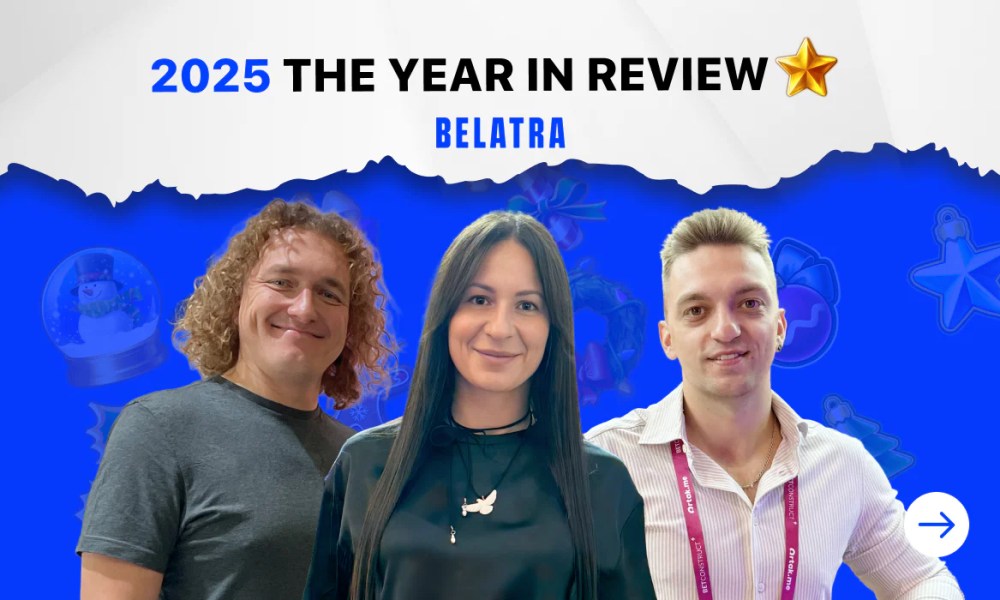
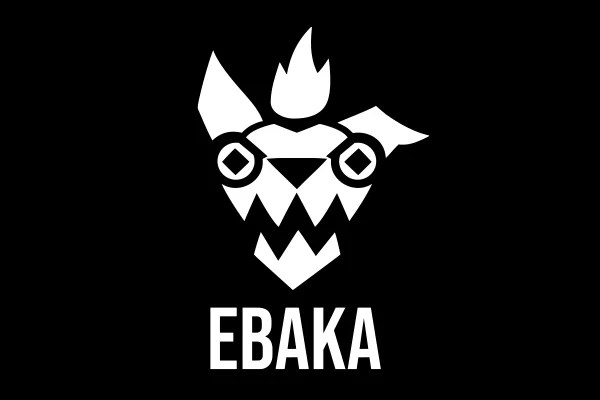


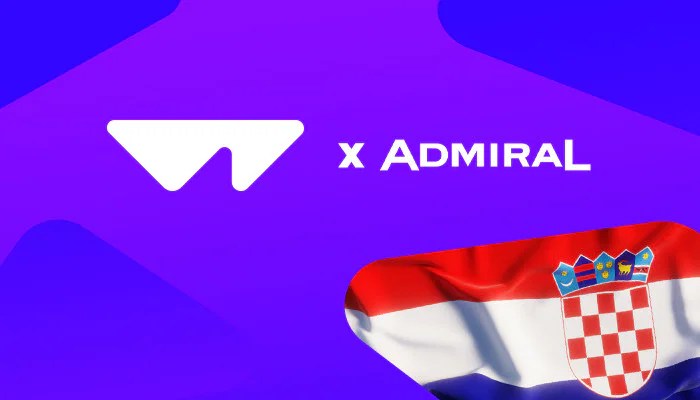

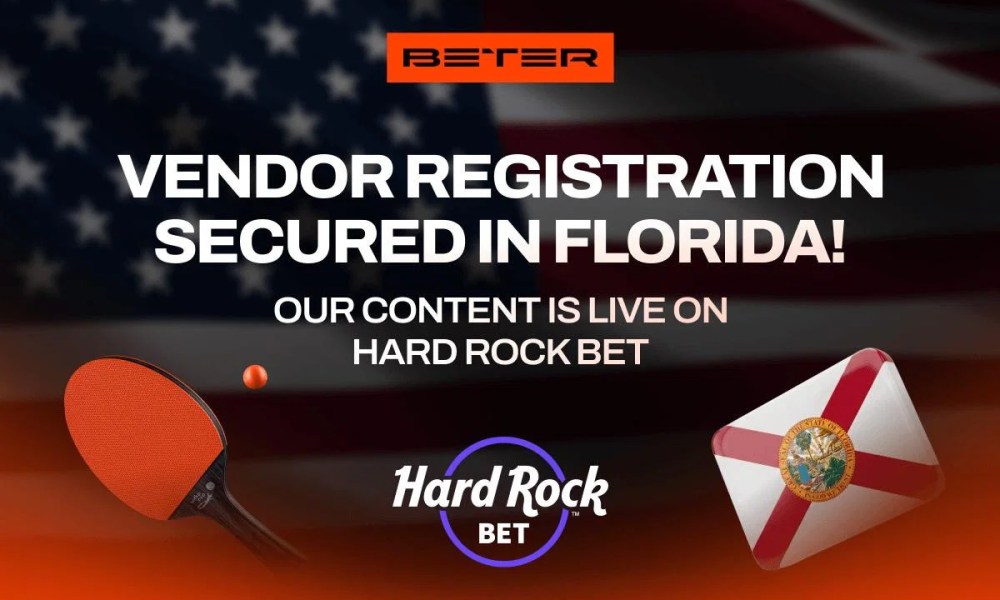
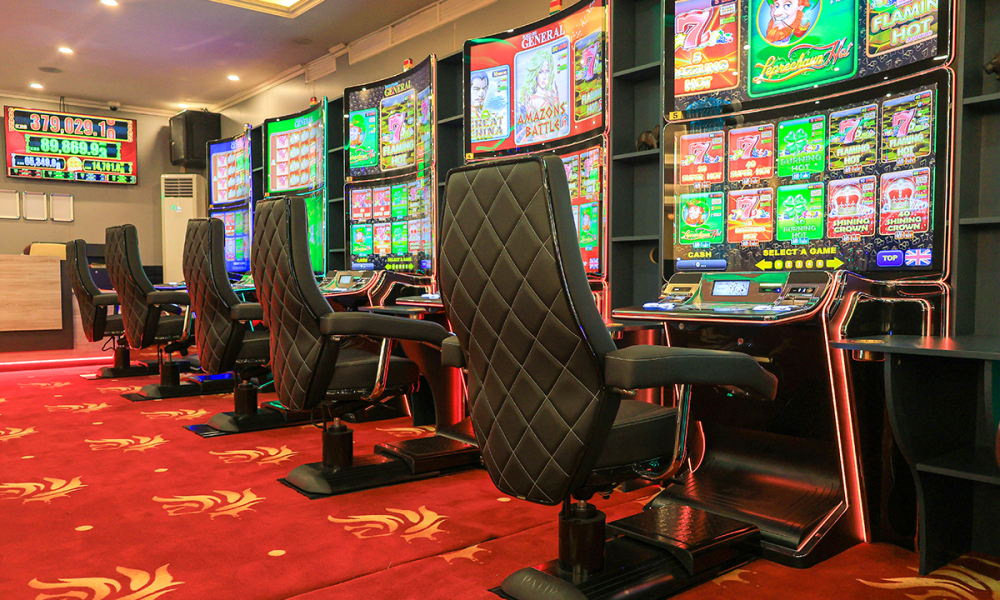
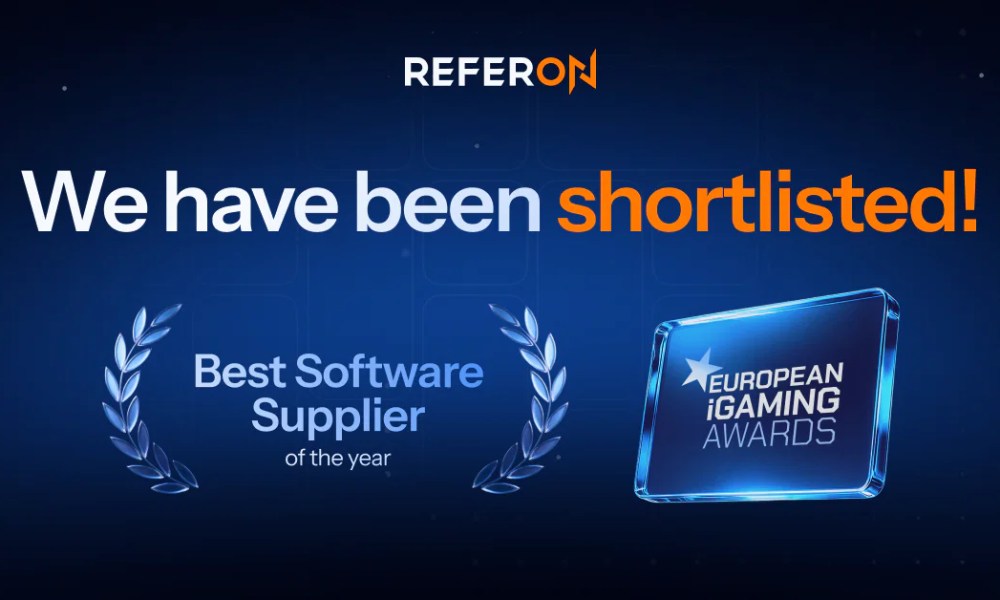
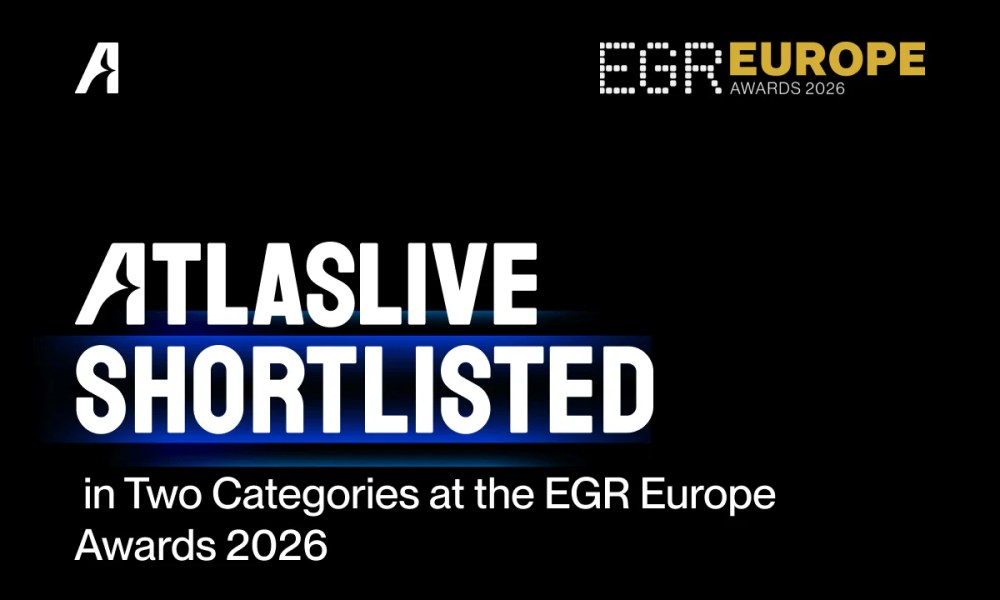
You must be logged in to post a comment Login